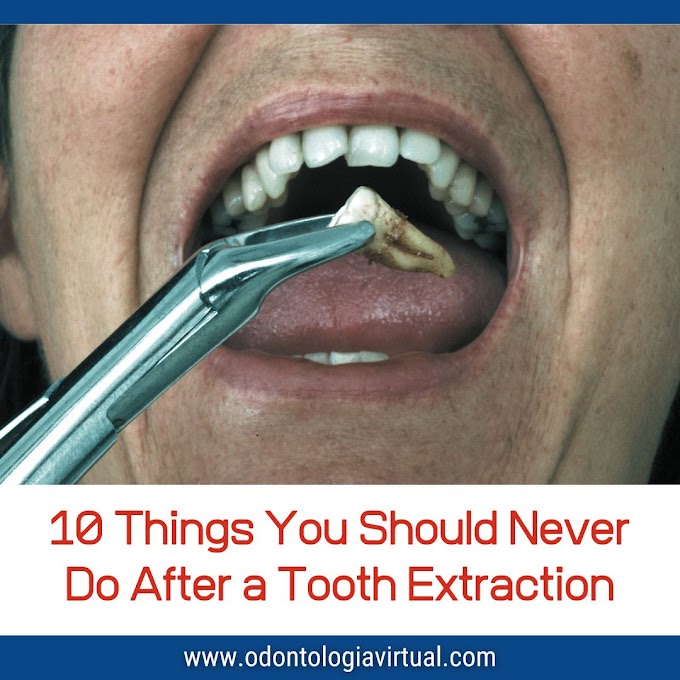This pathological process occurs when excessive or prolonged orthodontic forces provoke a sterile inflammatory response within the periodontal ligament, ultimately leading to the resorption of cementum and even dentin in severe cases.
While minor resorptive changes are considered a physiological consequence of tooth movement, clinically significant root resorption can compromise tooth stability and long-term prognosis.
The reviewed article presents an in-depth examination of the biological and mechanical mechanisms underlying OIIRR
It begins by describing how pressure-induced hypoxia and cell death within the periodontal ligament initiate an inflammatory cascade.
This cascade activates odontoclasts and osteoclasts responsible for root surface degradation.
The review emphasizes the importance of maintaining light, controlled forces during orthodontic therapy, as excessive or intrusive forces are among the primary triggers of extensive resorption.
Moreover, the article explores various risk factors, including:
✔ Genetic predisposition
✔ Individual root morphology
✔ Pre-existing dental trauma
✔ Prolonged treatment duration, and
✔ Certain types of tooth movements (e.g., intrusion and torque)
► DENTAL BOOK: Cleft and Craniofacial Orthodontics - 1st Edition - Pradip R Shetye and Travis L Gibson (2023)
It also compares traditional diagnostic tools—such as periapical and panoramic radiographs—with advanced techniques like Cone Beam Computed Tomography (CBCT) and salivary or gingival crevicular biomarkers (e.g., dentin sialoprotein), which offer earlier and potentially more accurate detection.
In terms of clinical management, the article outlines current approaches such as temporary discontinuation of active force application and passive archwire placement to allow cemental repair.
Additionally, it presents promising adjunctive therapies like low-level laser therapy (LLLT), low-intensity pulsed ultrasound (LIPUS), and mechanical vibration—interventions that may modulate inflammation and enhance root surface healing.
We encourage orthodontists and dental professionals around the world to explore this insightful review in full
It offers valuable perspectives on the etiology, diagnosis, prevention, and treatment of OIIRR—empowering clinicians to deliver safer, evidence-based orthodontic care.
📄 Access the full article in PDF Orthodontic Induced Inflammatory Root Resorption – PDF Download













